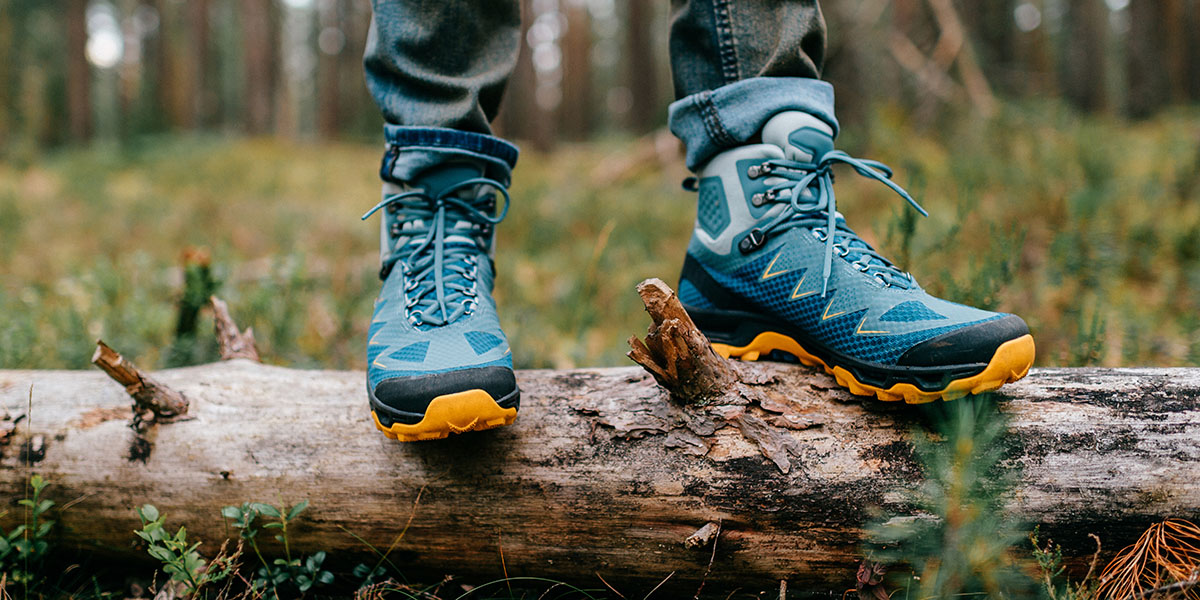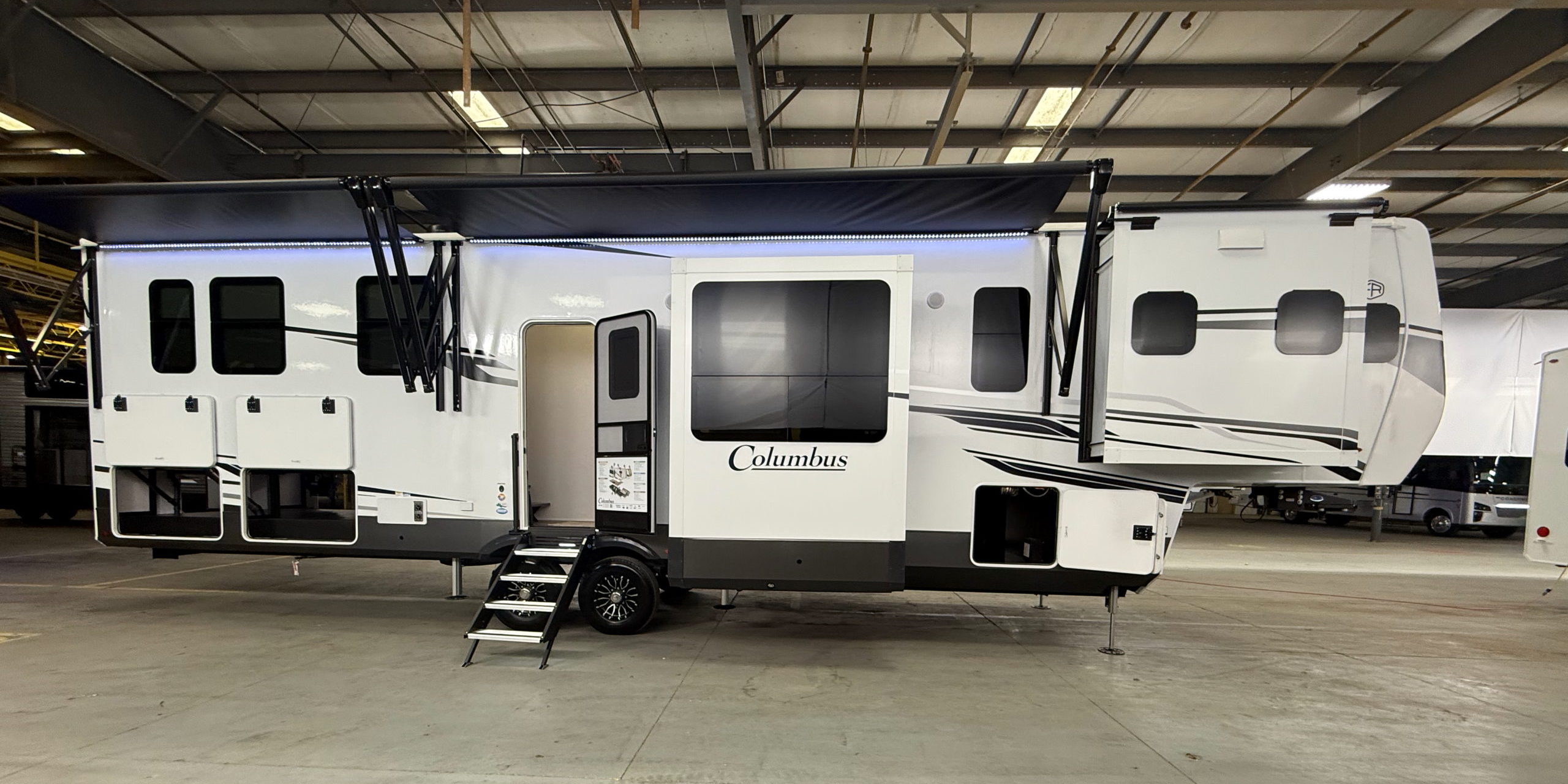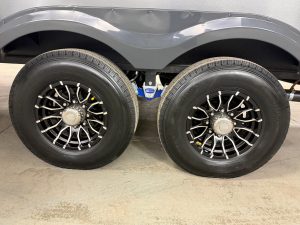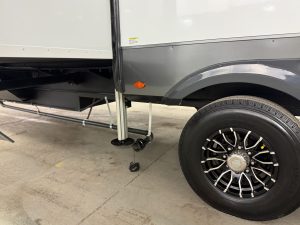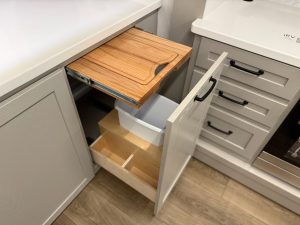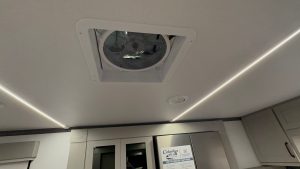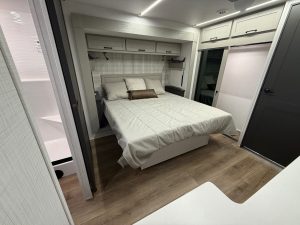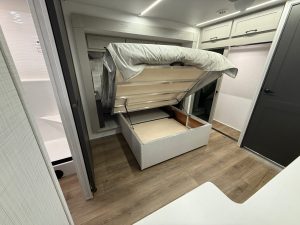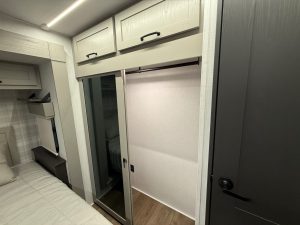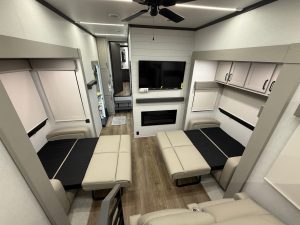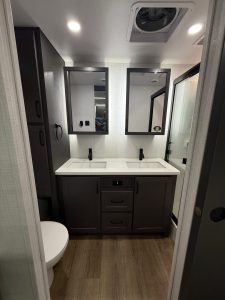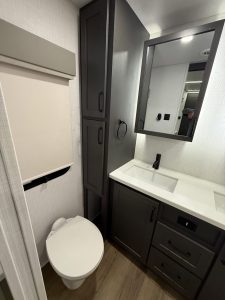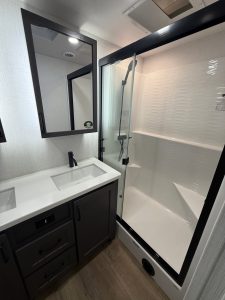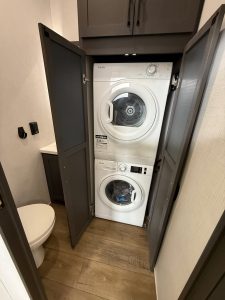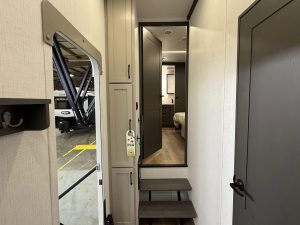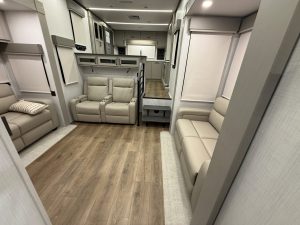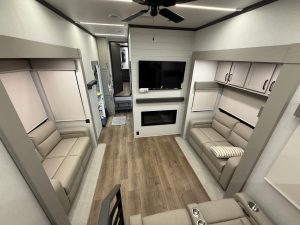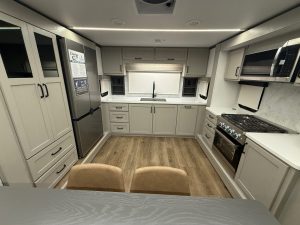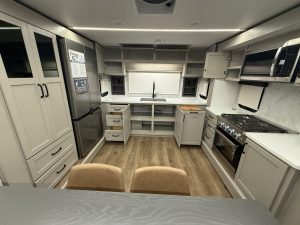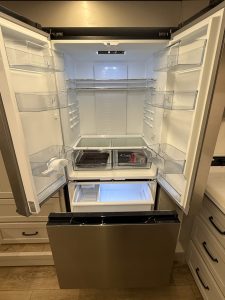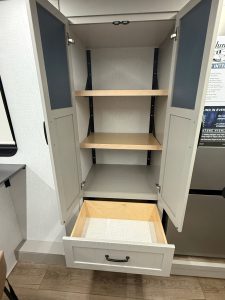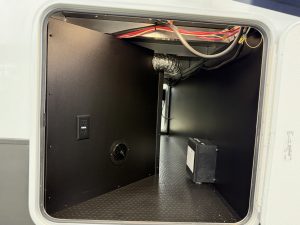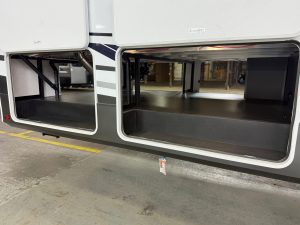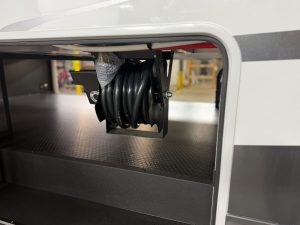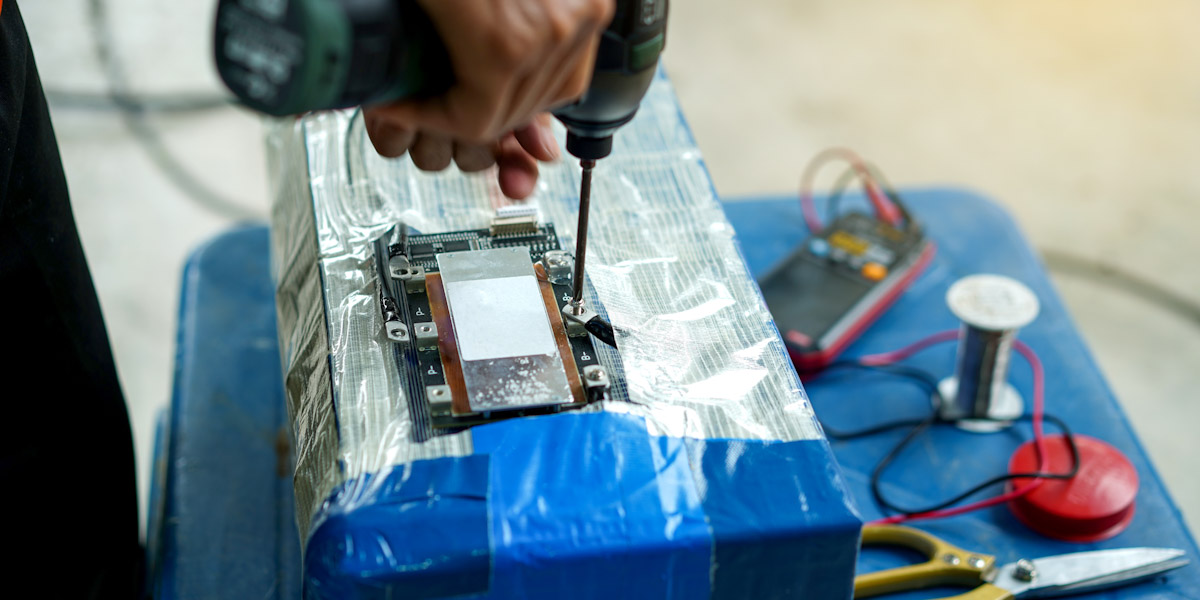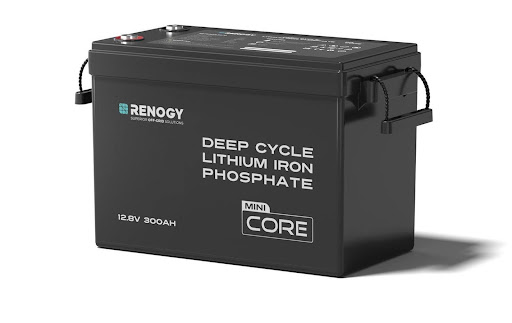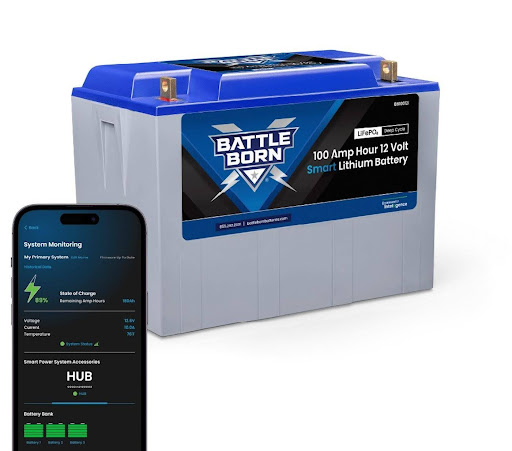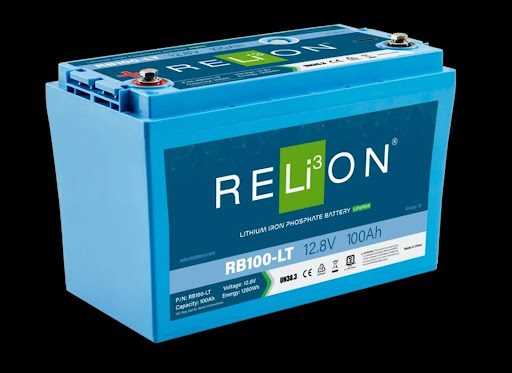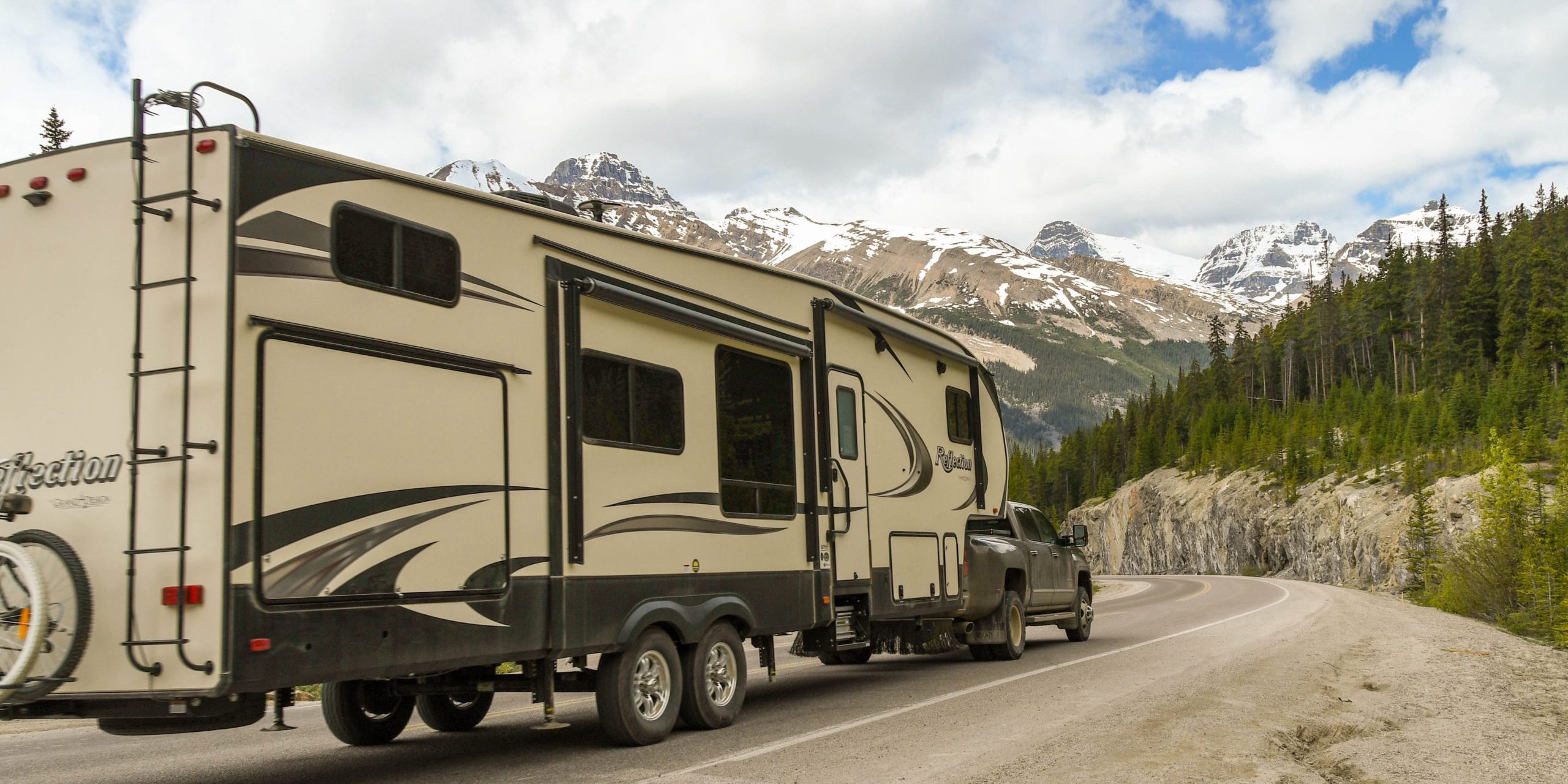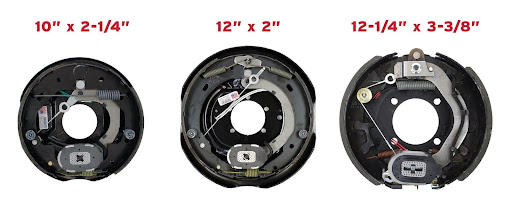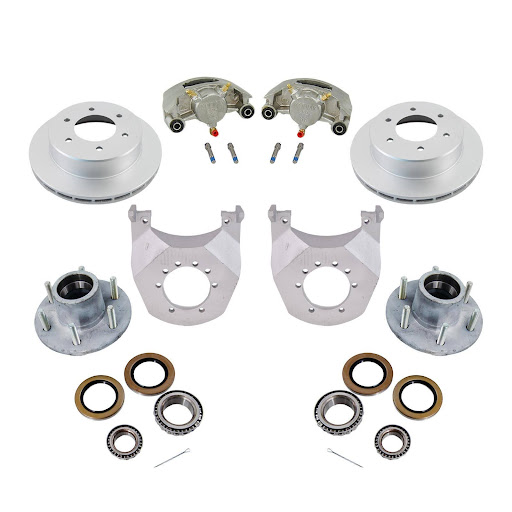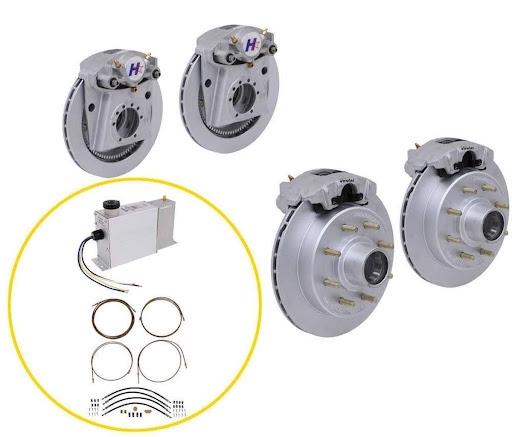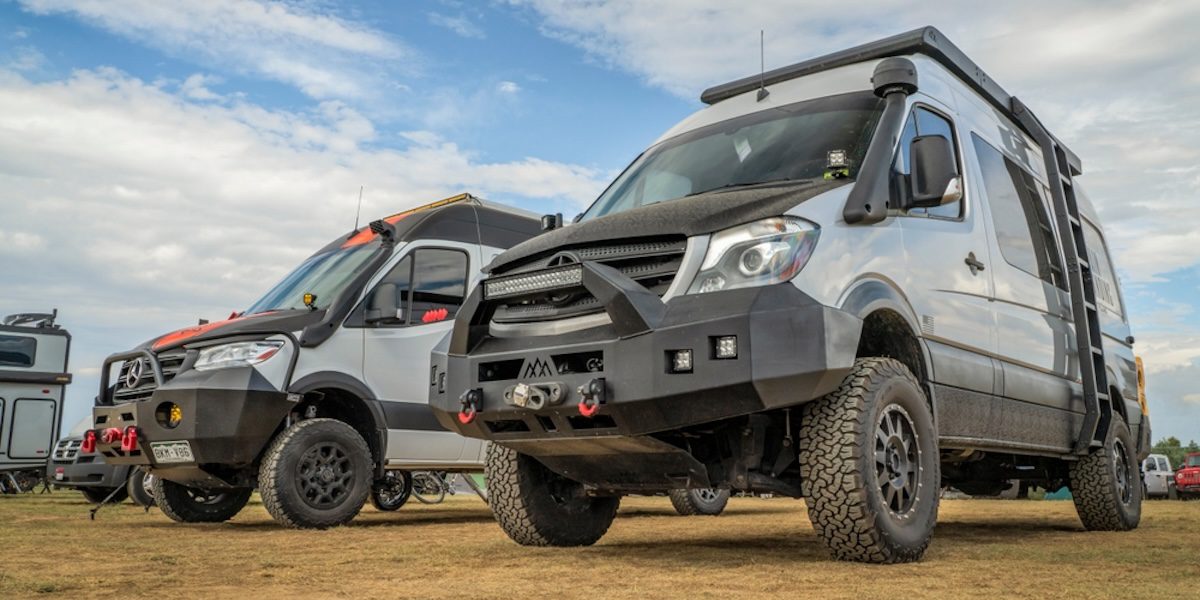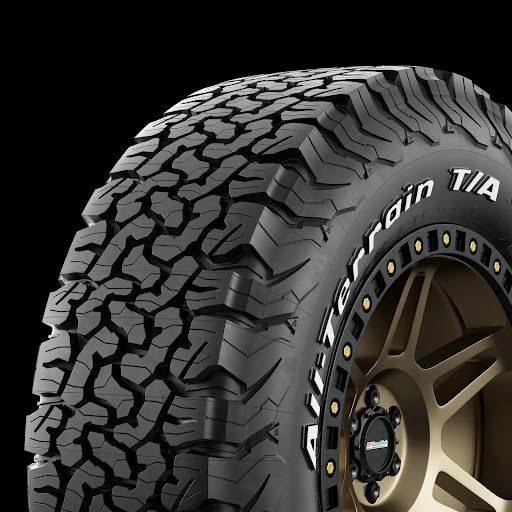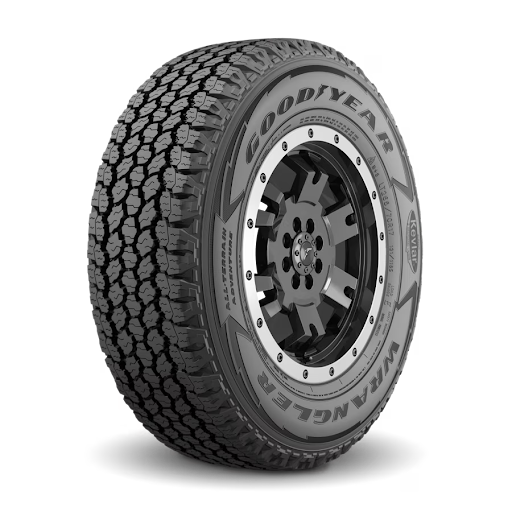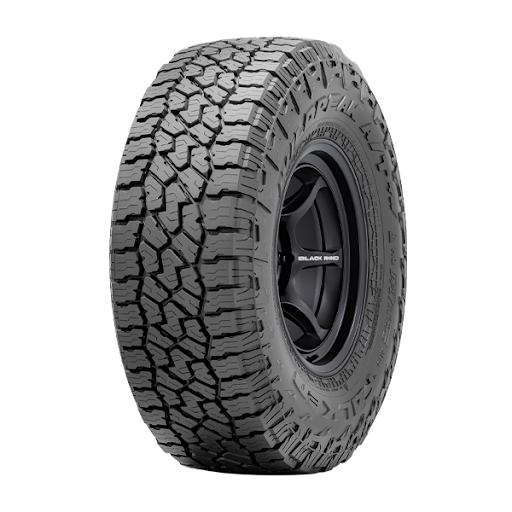Hiking is one of the best ways to explore the outdoors, but without the right shoes … yeah. Even the most scenic trail can quickly turn into an uncomfortable, blister-filled challenge. Whether you’re covering rocky mountain terrain, navigating muddy trails, or just enjoying an easy day hike, choosing the right footwear is key to making your adventure more enjoyable.
As an avid, albeit admittedly out-of-shape hiker, I’ve hiked countless trails across North America through national parks, remote backcountry destinations, and even easy city and park trails. One thing I’ve learned? There’s no one-size-fits-all when it comes to hiking shoes.
The perfect hiking shoe depends on your terrain, hiking style, and personal preferences. That’s why I’ve broken down the best hiking shoes into three categories — lightweight hiking shoes for speed and comfort, midweight hiking boots for longer treks, and heavy-duty hiking boots for technical terrain. For each category, I’ll recommend what I feel is the best available option, regardless of price, and a solid budget-friendly alternative.
So, whether you’re a seasoned trekker or just starting your hiking journey, this list will help you find the right fit no matter where you plan to put the RV in park.
Lightweight Trail Shoes – Speed and Comfort
For hikers who prefer agility, breathability, and a fast-moving pace, lightweight trail shoes are the way to go. These are ideal for well-maintained trails, dry conditions, and anyone who wants to cover more ground with less weight on their feet. If you’re planning a long hike and want to keep your legs fresh, a good lightweight shoe can be a game-changer. They’re perfect for warm-weather hikes, faster-paced adventures, or trails that don’t require a ton of support.
Best Available: Salomon S/Lab Ultra 3
The Salomon S/Lab Ultra 3 is a favorite among trail runners and speed hikers. And for good reason. This shoe is designed for those who want maximum performance in a lightweight package. The aggressive tread grips dirt, loose gravel, and light rocky surfaces with ease, making it a solid choice for technical trails that demand precision. The snug fit ensures your foot stays locked in place, minimizing fatigue over long distances.
Pros:
- Extremely lightweight and breathable. Ideal for long-distance hikers and fast-packers who prioritize speed.
- Precise fit for technical trails. Keeps your foot secure on uneven terrain.
- Excellent grip on dirt and rocky surfaces. Designed for multi-terrain hikes.
Cons:
- Not waterproof . If you’re hiking in wet conditions, your feet will get soaked.
- Less cushioning than bulkier shoes. Not ideal for carrying a heavy pack.
Budget-Friendly: Saucony Peregrine 13
If you want a shoe that balances performance with affordability, the Saucony Peregrine 13 is a fantastic option. It delivers high-quality traction at a fraction of the price of some premium models. It’ll grip everything from packed dirt to loose gravel, while the lightweight construction keeps you moving efficiently. While it may not be as durable as high-end trail shoes, it’s an excellent choice for weekend hikers or those who don’t put heavy mileage on their footwear.
Pros:
- Excellent traction for multiple terrains. Handles dirt, mud, and rock surfaces well.
- Lightweight yet durable. Offers a great balance of comfort and longevity.
- More affordable than premium trail runners. A solid choice for budget-conscious hikers.
Cons:
- Not ideal for carrying a heavy pack. Less supportive than midweight options.
- Lacks extreme durability. May wear down faster under intense use.
Midweight Hiking Shoes – Stability and Protection
If you need more support than a trail shoe but don’t want the bulk of a full hiking boot, midweight hiking shoes offer the perfect balance. These provide extra stability, protection, and comfort for longer hikes and rougher terrain. They’re great for those who carry a light backpack or find themselves on mixed trails where a little extra foot protection goes a long way.
Best Available: La Sportiva Spire GTX
The La Sportiva Spire GTX is built for hikers who demand durability, support, and all-weather performance. Unlike lightweight trail shoes, this model incorporates a waterproof Gore-Tex lining, making it an excellent option for hikers who frequently encounter wet conditions. It provides excellent grip on uneven surfaces, and the midsole offers a perfect blend of cushion and support.
Pros:
- Great balance of support and flexibility. Keeps you stable without feeling stiff.
- Waterproof Gore-Tex lining. Ideal for wet and unpredictable conditions.
- Durable Vibram outsole. Provides long-lasting traction on rough terrain.
Cons:
- On the pricier side. More expensive than budget-friendly alternatives.
- Requires some break-in time. Not as comfortable right out of the box.
Budget-Friendly: Merrell Moab Speed 2 GTX
The Merrell Moab Speed 2 GTX is a fantastic choice for those who want a well-rounded hiking shoe at a more affordable price. This shoe has a reputation for comfort, and it delivers solid waterproof protection without adding excessive weight. It’s a reliable option for day hikes and moderate backpacking trips.
Pros:
- Comfortable right out of the box. No painful break-in period required.
- Waterproof for wet conditions. Keeps your feet dry in light rain and puddles.
- More affordable than premium models. Great value for the price.
Cons:
- Not as durable for extreme backcountry use. May wear down faster under heavy loads.
- Less ankle support than a high-cut boot. Best for hikers who don’t need extra stability.
Heavy-Duty Hiking Boots – Traction and Support
For those tackling steep inclines, rugged backcountry trails, or carrying heavy packs, a durable hiking boot is a must. These boots provide extra ankle support, superior traction, and the durability needed for long days on the trail.
Best Available: Salomon Quest 4 GTX
The Salomon Quest 4 GTX is one of the top-rated hiking boots for a reason. Built for demanding terrain, this boot provides outstanding ankle support, waterproof protection, and a secure fit for tough hikes. The durable construction makes it an excellent choice for backpackers and mountaineers.
Pros:
- Outstanding ankle support for heavy loads. Ideal for backpacking and rugged hikes.
- Waterproof Gore-Tex lining. Keeps your feet dry in all conditions.
- Durable and built to last. Holds up in extreme environments.
Cons:
- Heavier than lightweight options. Takes some getting used to.
- Requires a break-in period. May feel stiff at first.
Budget-Friendly: Merrell Moab 3 Mid Waterproof
For a reliable, budget-conscious option, the Merrell Moab 3 Mid Waterproof is hard to beat. This boot provides solid traction, waterproofing, and comfort at a much lower price than premium models. While it may not hold up in extreme conditions as well as the Salomon Quest 4 GTX, it’s a fantastic option for everyday hikers.
Pros:
- Comfortable and supportive for all-day hikes. Great fit for most hikers.
- Waterproof and breathable. Keeps feet dry without overheating.
- Affordable price. A solid boot without breaking the bank.
Cons:
- Not as durable for extreme hikes. May wear down faster in rough terrain.
- Less support compared to pricier models. Not ideal for long backpacking trips.
Bonus: Small Gear Upgrades That Make a Big Difference
Socks matter more than you think.
The right pair of socks can make or break a hike. Moisture-wicking, breathable socks help prevent blisters and keep your feet dry. Wool socks are a great choice because they regulate temperature and wick away moisture better than cotton.
Trekking poles save your knees.
A good hiking stick or trekking poles can help with balance, reduce impact on your knees, and make long hikes feel less exhausting. They’re especially useful for steep climbs, descents, and crossing uneven terrain.
Chafing and friction prevention is key.
Long hikes can cause unexpected friction and discomfort, especially in areas like your thighs, underarms, and feet. One of the best solutions I’ve found is Gold Bond Friction Defense—a game-changer for preventing chafing. Applying it before a hike makes long treks much more comfortable and eliminates that burning, irritated feeling at the end of the day.
Hiking Shoes Have to Be the Right Fit — for You and the Terrain
The best hiking shoe for you depends on the type of trails you plan to tackle, the weight you’re carrying, and your comfort preferences. If you’re a casual hiker who enjoys well-maintained paths, a lightweight hiking shoe will keep you comfortable without unnecessary bulk. If you’re venturing onto rougher terrain or carrying a heavier pack, midweight hiking boots provide extra stability and support. And for the extreme adventurers taking on technical climbs or multi-day treks, a heavy-duty hiking boot will offer the protection and durability needed to handle any challenge.
No matter where your next trail takes you, the right pair of hiking shoes will ensure every step is a confident one. So, lace up, hit the trail, and enjoy the adventure ahead. Who knows, maybe we even cross paths out there.
